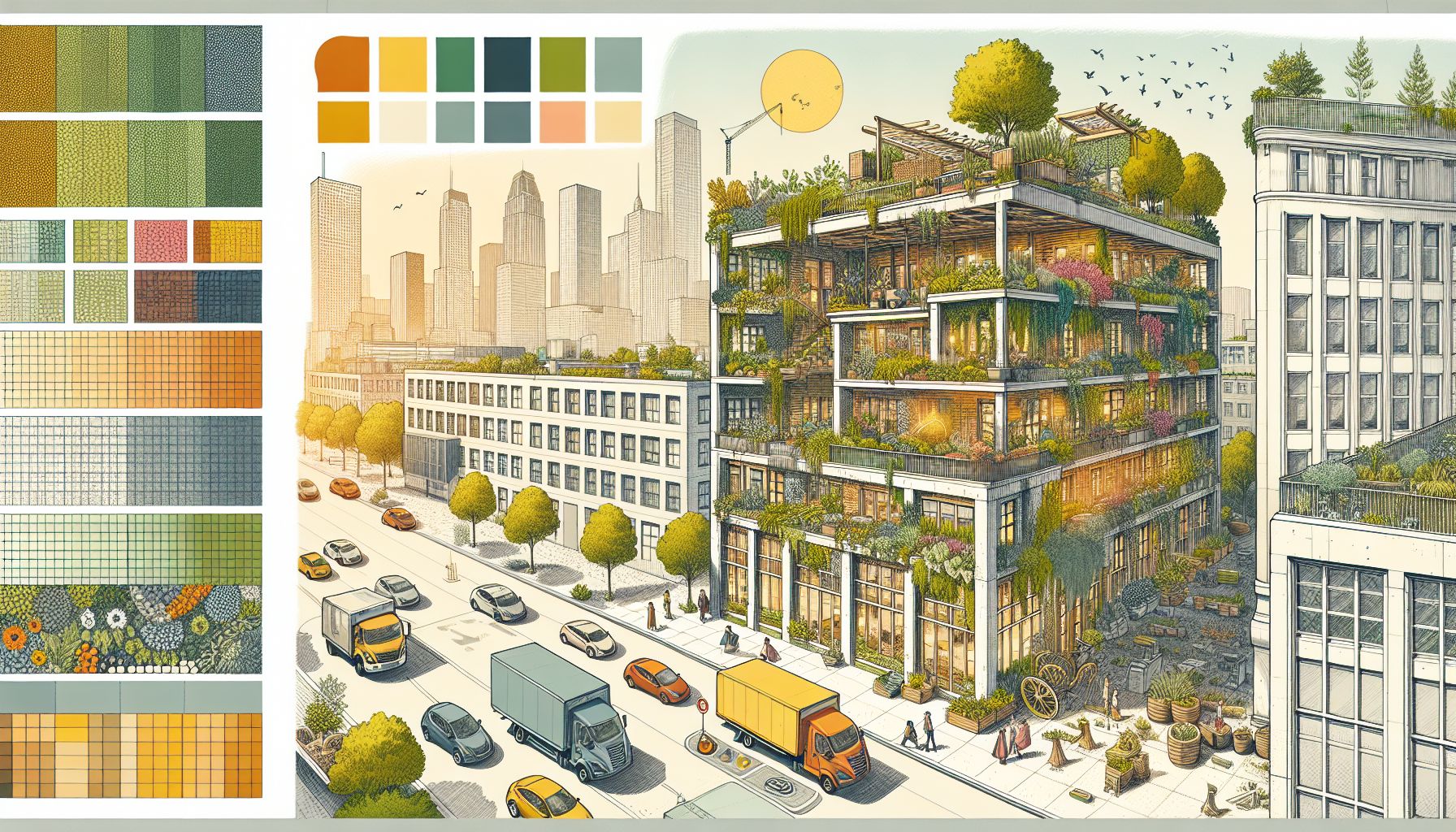TU/e PhD Defense Spotlights Biophilic Design in Architecture

Eindhoven, Sunday, 8 September 2024.
Weijie Zhong’s upcoming PhD defense at Eindhoven University of Technology explores innovative biophilic design in architecture. The research aims to integrate nature into building design, enhancing sustainability and human well-being in urban environments.
Understanding Biophilic Design
Biophilic design is an architectural approach that incorporates natural elements into built environments. This method aims to bridge the gap between nature and architecture, creating spaces that benefit human health and promote ecological sustainability. The concept involves using natural materials, maximizing natural light, and incorporating greenery within buildings.
Benefits of Biophilic Design
Research has shown that biophilic design can significantly enhance mental health and productivity. By creating environments that mimic natural settings, this approach reduces stress levels and increases occupant satisfaction. Additionally, biophilic elements can improve air quality and reduce energy consumption by utilizing natural light and ventilation, contributing to overall sustainability.
Weijie Zhong’s Contribution
Weijie Zhong, a PhD candidate at Eindhoven University of Technology (TU/e), is at the forefront of this innovative field. Zhong’s research focuses on practical applications of biophilic design in urban settings, demonstrating how these principles can be integrated into modern architecture. His work highlights the importance of evidence-based design in promoting both human and ecological health.
Case Studies and Evidence
Zhong’s defense will present various case studies where biophilic design has been successfully implemented. These examples illustrate the tangible benefits of incorporating natural elements into architectural projects. From office buildings that boost employee well-being to residential spaces that enhance living conditions, the evidence underscores the potential of biophilic design to transform urban environments.
Future Implications
The implications of Zhong’s research extend beyond individual projects. By demonstrating the effectiveness of biophilic design, his work paves the way for broader adoption of these principles in future architectural practices. This shift could lead to more sustainable, resilient, and health-promoting urban landscapes, aligning with global efforts to address climate change and improve quality of life in cities.

